Physical Science Energy Transfer Worksheet
For students studying physical science and aiming to understand the concept of energy transfer, the Physical Science Energy Transfer Worksheet provides a helpful tool to reinforce learning and practice problem-solving skills. This worksheet focuses on the various forms of energy and how they can be transferred from one object to another, allowing students to apply their knowledge and enhance their understanding of this crucial subject.
Table of Images 👆
- Forms of Energy Worksheet Answers
- Energy Transfer Worksheets
- Physical Science Worksheets Answer Key
- Science Worksheets Energy Transformation
- Physical Science Conservation of Energy Worksheet 2
- Heat and Thermal Energy Worksheet
- Heat Energy Transfer Worksheet
- Energy Transformation Worksheets
- Potential Kinetic Energy Worksheet Answer Key
More Energy Worksheets
Light and Heat Energy WorksheetsTypes of Energy Transfer Worksheet
Energy Light Heat Sound Worksheets
3 Forms of Energy Worksheets
Energy Worksheets for Third Grade
What is energy transfer?
Energy transfer is the process of moving energy from one place or form to another. This can occur through various mechanisms such as heat transfer, work being done, or electromagnetic radiation. Energy transfer is a fundamental concept in physics and is a key component in understanding how energy flows and changes within systems.
How is energy transferred through conduction?
Energy is transferred through conduction by the direct interaction of particles within a material. When there is a temperature difference between two objects in contact, heat energy flows from the warmer object to the cooler one through the vibrational motion of atoms or molecules. This transfer of heat continues until the two objects reach thermal equilibrium, with their temperatures equalizing as the energy is evenly distributed.
How is energy transferred through convection?
Energy is transferred through convection by the movement of fluids, such as air or water, due to their differences in temperature. As a fluid is heated, it becomes less dense and rises, while cooler, denser fluid sinks to take its place. This creates a circulating flow of the fluid, transferring heat from one area to another. This process helps distribute heat in a room or body of water, leading to a more even temperature distribution.
How is energy transferred through radiation?
Energy is transferred through radiation in the form of electromagnetic waves, such as light or heat, which do not require a medium to travel through. When an object absorbs radiation, its atoms and molecules gain energy, causing them to vibrate or move more rapidly. This increase in internal energy can then be transferred to other objects through collision or interaction. The transfer of energy through radiation is essential for processes like heating, cooking, or lighting, and plays a significant role in our daily lives.
What is the law of conservation of energy?
The law of conservation of energy states that energy cannot be created or destroyed in an isolated system, but it can only change forms or be transferred from one form to another. This principle implies that the total energy in a closed system remains constant over time, with energy being neither lost nor gained.
What are examples of energy transformation?
Energy transformation is the process by which energy changes from one form to another. Examples include the conversion of electrical energy into light energy in a light bulb, the transformation of chemical energy in food into kinetic energy for movement in the body, and the conversion of potential energy in a raised object into kinetic energy as it falls. Other examples include the transformation of mechanical energy in a generator into electrical energy, and the conversion of solar energy into electrical energy in solar panels.
How does a solar panel convert sunlight into electricity?
A solar panel converts sunlight into electricity through a process called the photovoltaic effect. When sunlight hits the solar panel, the photovoltaic cells contained within it absorb the photons of light. This absorption generates an electric current as the electrons are knocked loose from the atoms within the cells, creating an electric flow. The flow of electrons is then captured and converted into usable electricity that can power homes, businesses, and other electrical devices.
How is energy transferred in a mechanical system?
Energy is transferred in a mechanical system through the interaction of forces and motion. When work is done on an object, energy is transferred to it, either increasing its potential energy if it is lifted against gravity, or its kinetic energy if it is set in motion. This transfer of energy can also occur through processes such as friction, where mechanical energy is converted into heat. Overall, energy transfer in a mechanical system involves the conversion and redistribution of different forms of energy through the work done on objects within the system.
How does a car engine convert chemical energy into mechanical energy?
A car engine converts chemical energy into mechanical energy through a series of combustion processes. When fuel is mixed with air and ignited in the combustion chamber, it releases heat energy in the form of expanding gases. This gas pressure forces pistons to move, which in turn generates rotational motion through the crankshaft. This rotational motion is then transferred to the wheels of the car, allowing it to move. The entire process is controlled and optimized by the engine's components, such as valves, spark plugs, and fuel injectors, to ensure efficient conversion of chemical energy into mechanical energy.
What is the role of energy transfer in climate change?
Energy transfer plays a critical role in climate change as the transfer of energy from the sun to the Earth's surface drives the planet's climate system. The increased release of greenhouse gases, like carbon dioxide, traps this energy in the atmosphere, leading to a rise in global temperatures and changes in weather patterns. This energy imbalance is causing the Earth's climate to warm rapidly, resulting in various impacts such as rising sea levels, extreme weather events, and disruptions to ecosystems. Mitigating and adapting to these changes require understanding and managing energy transfer processes to address the root causes of climate change.
Have something to share?
Who is Worksheeto?
At Worksheeto, we are committed to delivering an extensive and varied portfolio of superior quality worksheets, designed to address the educational demands of students, educators, and parents.

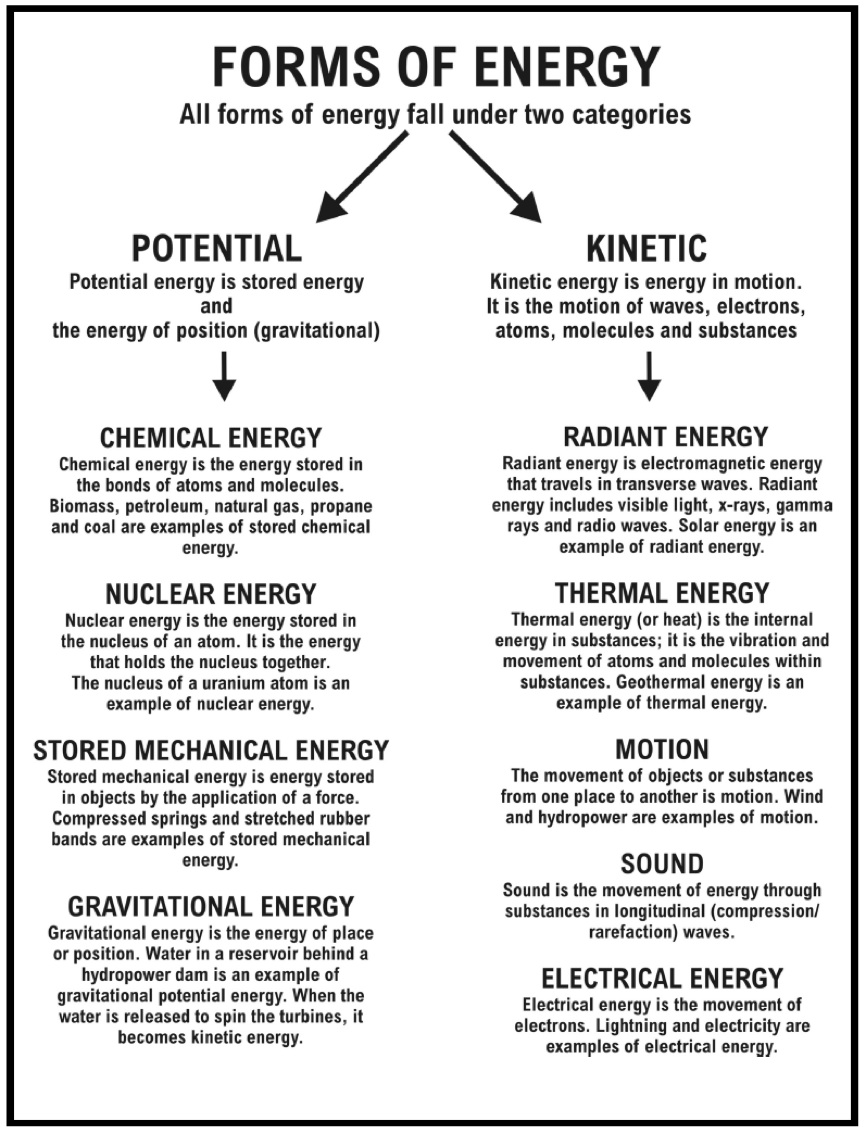



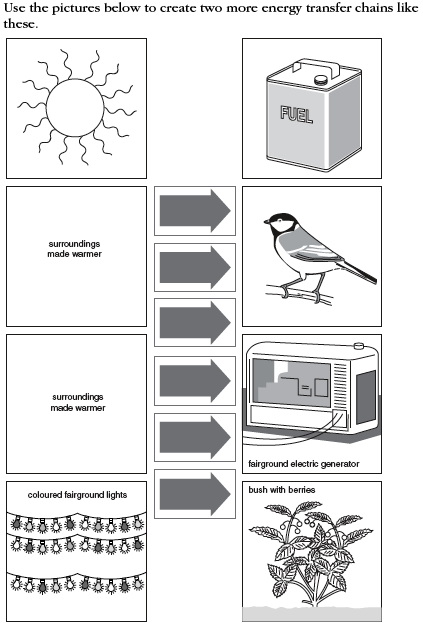
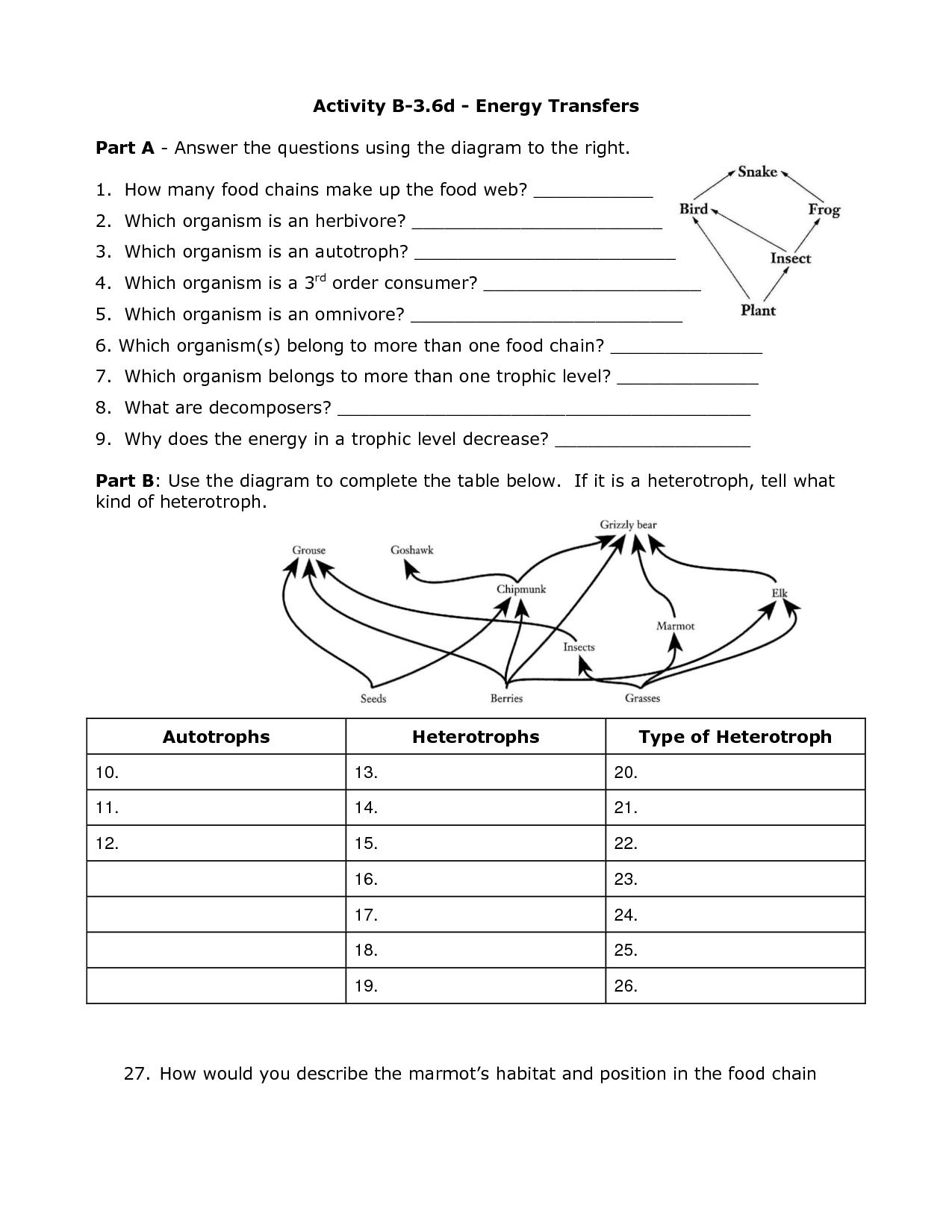
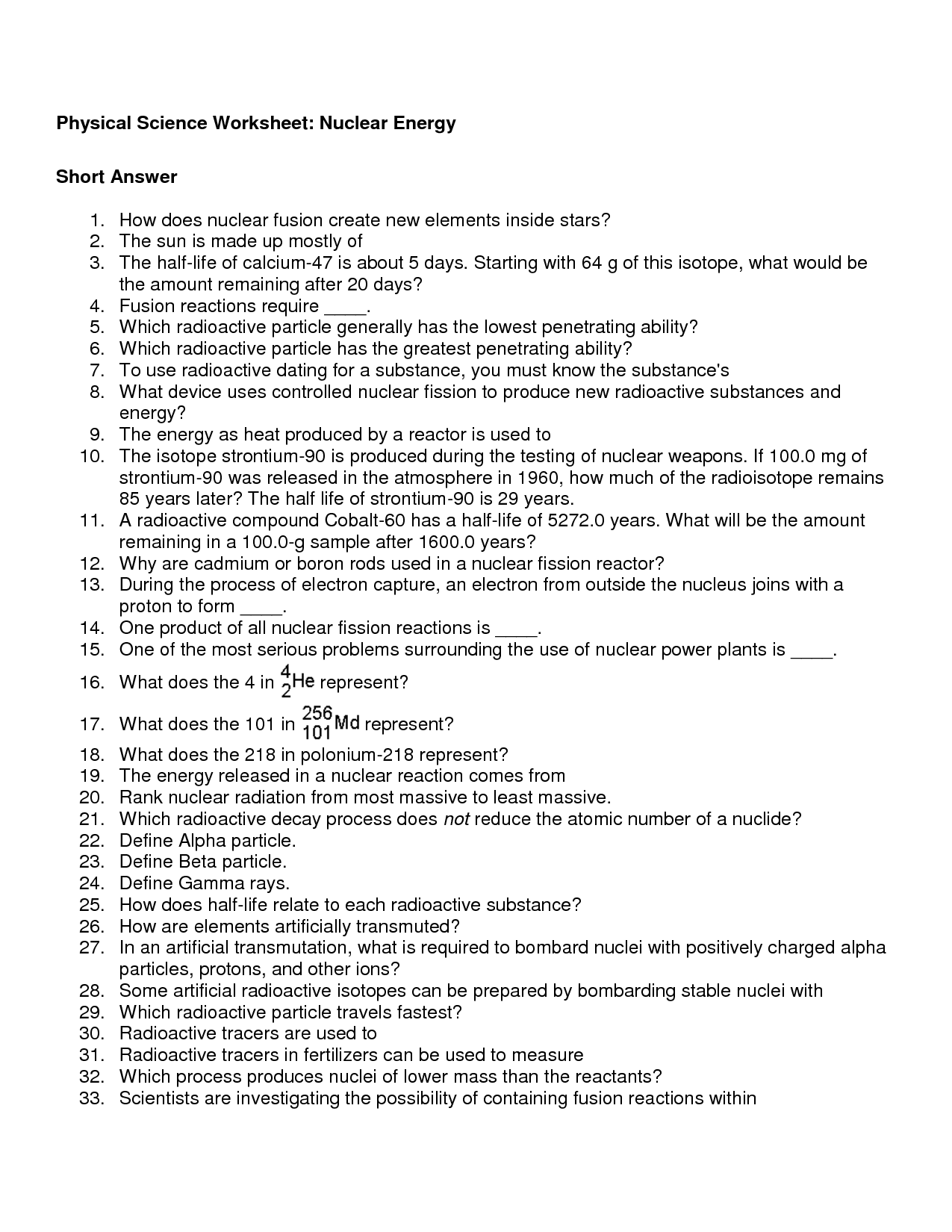
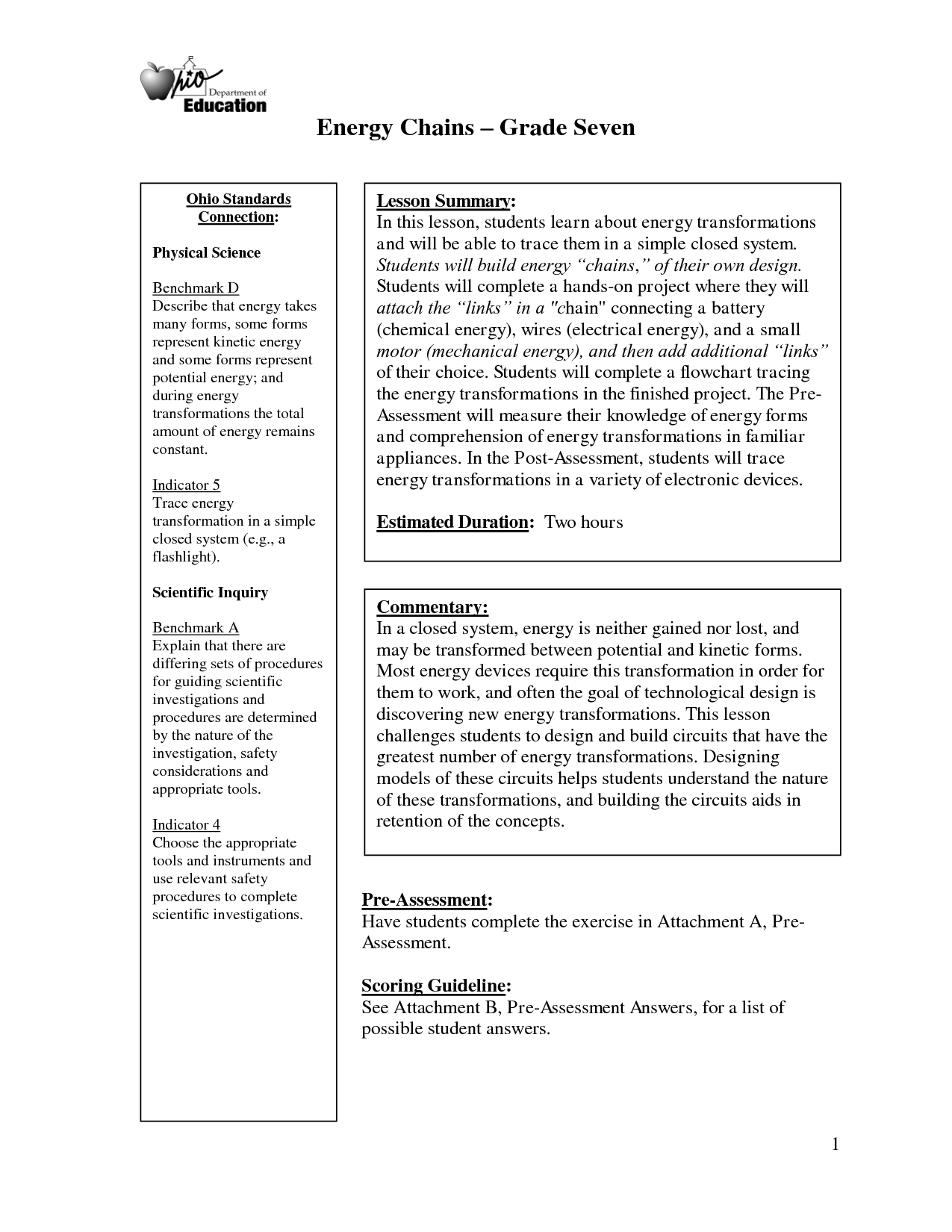




















Comments